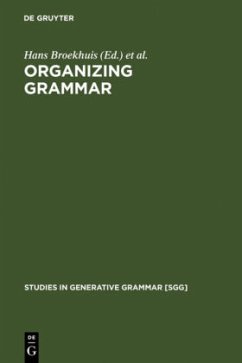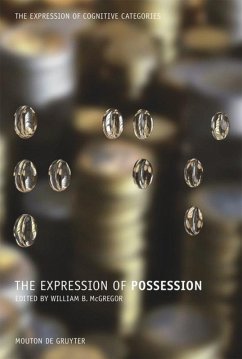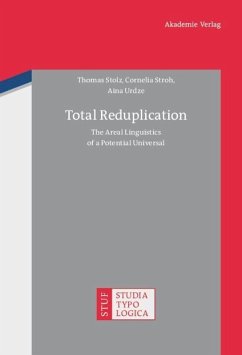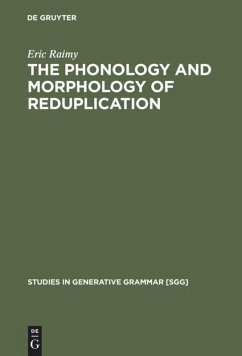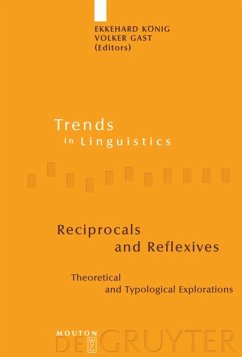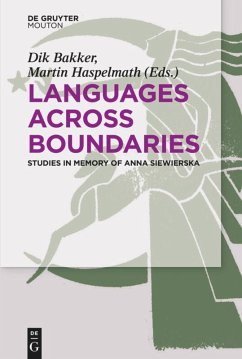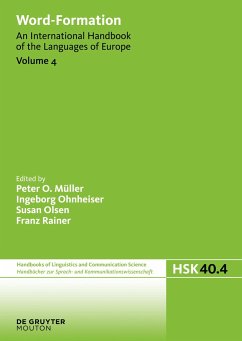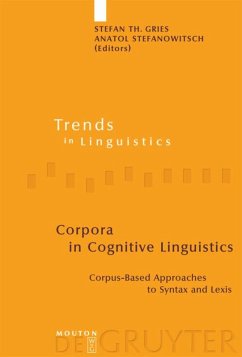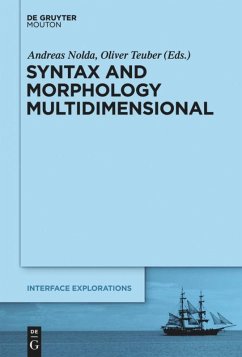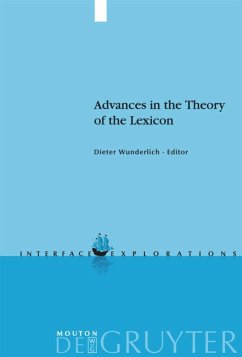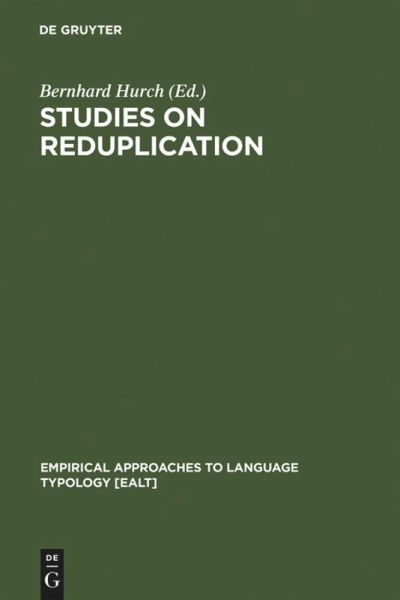
Studies on Reduplication
Versandkostenfrei!
Versandfertig in 1-2 Wochen
184,95 €
inkl. MwSt.

PAYBACK Punkte
0 °P sammeln!
Although a rather marginal phenomenon in Indo-European languages, in most other language families reduplication plays an important role in the organization of morphology. The repetition of (some part of) a word or stem or affix frequently expresses plurality, distributivity, intensity, a verbal aspect and aktionsart, but also diminution, attenuation, or others. This volume collects a series of articles which in a fertile discussion go beyond the limits of single theories and offer treatments of the most different aspects from formal and functional perspectives, semantics, morphology, and phonology, in different fields of linguistics (sign language, language acquisition, comparative studies), as well as original studies of a wide range of languages from different parts of the world.
For several reasons, mostly inherent to the different developments of generative grammar, an increasing number of publications have dealt with reduplication in the past 20 years. Reduplication lends itself perfectly as a test field for theories that opt for a non-segmental organization of phonology and morphology. As it happens frequently, then, the discussion centers around a rather small set of data for which alternative analysis are offered, and which themselves are intended to contribute to the foundation of new theoretical developments.
The present volume (which goes back to a conference on reduplication at the University of Graz, Austria) offers a broader approach to reduplication not only from different theoretical viewpoints, but especially for its phenomenology. Across theories a number of highly qualified authors deal with formal and functional perspectives, with typological properties, with semantics, comparative issues, the role of reduplication in language acquisition, the acquisition of reduplicative systems, sign languages, creoles and pidgins, general grammatical and cognitive principles; the picture is completed by a series of language or language-family specific studies as on Uto-Aztecan, Salish, Tupi-Guarani, Moroccan and Cairene Arabic, various African languages, Chinese, Turkish, Indo-European, languages from India, etc. The overall scope of the conference was to contribute to a new level of discussion of the phenomenon, across theories and across specializations and interests.
Update on Contributor's addresses (PDF)
The present volume (which goes back to a conference on reduplication at the University of Graz, Austria) offers a broader approach to reduplication not only from different theoretical viewpoints, but especially for its phenomenology. Across theories a number of highly qualified authors deal with formal and functional perspectives, with typological properties, with semantics, comparative issues, the role of reduplication in language acquisition, the acquisition of reduplicative systems, sign languages, creoles and pidgins, general grammatical and cognitive principles; the picture is completed by a series of language or language-family specific studies as on Uto-Aztecan, Salish, Tupi-Guarani, Moroccan and Cairene Arabic, various African languages, Chinese, Turkish, Indo-European, languages from India, etc. The overall scope of the conference was to contribute to a new level of discussion of the phenomenon, across theories and across specializations and interests.
Update on Contributor's addresses (PDF)





